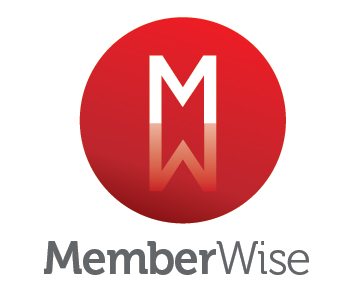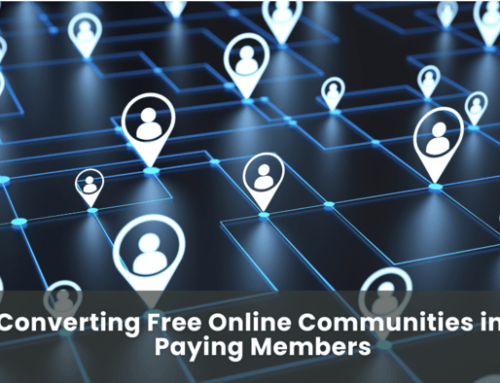At the start of my career, I worked for the agency that created the Tesco Clubcard. Tesco wanted to get a view of their relationship with each customer – what was bought, how they paid, which shop type e.g. Express, Metro. Until that point your supermarkets never really knew what share of a shopper’s basket they won and what type of shop or location each shopper used. If I did a big monthly shop, then topped up in smaller stores, perhaps near my work rather than near my home, Tesco would not be able to identify that all these transactions were mine.
There is a similar challenge for many membership organisations – can you see, in one place, what relationship you are having with your members? For many the answer is no – or not really.
Why is this important?
From our work with a range of membership organisations it is clear that engaged members are more likely to renew.
It is also clear that membership organisations need to deliver what their members want and need and measuring attendance and consumption, by different types of members is at the heart of evolving a relevant offer.
If you can see the relationship you are having with each individual member, it’s possible to segment your membership base by more than membership grade or length of membership. Behavioural segmentation is used by many customers centric organisations to tailor their offer to their customers or members.
So why aren’t more membership organisations implementing membership systems (CRMs) that capture transaction and give a joined-up view?
From our discussions and from the MemberWise Digital Excellence report 2022, the barriers are often:
- Numerous disparate legacy systems / multiple databases (often there will even be more than one system handing renewals)
- Lack of data
- Lack of resource to clean data and tag it to an individual member (so that as much history is captured into the new system)
- Cost to buy a system and integrate with the membership & website data, as well as manage the impact on the organisation whilst transitioning and training staff
- The inability to personalise the online member experience
- Inadequate reporting tools
- Fear of failure – there are many examples of large-scale software implementations that have ended in system breakdowns and huge internal conflict as to what has gone wrong
So, it’s easy to see why many prefer not to rock the boat and stick with systems that aren’t integrated and don’t give a single view of the members relationship.
Is there another way?
Well, we think there is. It is not as comprehensive a solution as an all-singing membership system, but it allows you, at a point in time, to get a view of the relationships you have and to create a behavioural segmentation.
The way it is done is to take data dumps from any system / database that captures your relationship with a member and consolidate these into the whole relationship with that member. If I think about my cycling club it might include:
- Weekly ride attendance (Available from the Team App)
- Attendance on one off ride – Isle of Wight, Marlow- Paris (Lists available from the trip organisers)
- Volunteers list for the club organised – Red Kite Sportive ride
- Membership fee payment records, joining date, age, sex etc (from the club’s membership / accounting system)
- Club kit purchases (Via Stolen Goat – the supplier)
- Attendance on courses – First aid, bike maintenance, ride leader, Cycling technique etc (from the course organisers)
- Participation in surveys the club has done to ask for input on what the club should be doing for its members (from the person conducting the research)
You can take all of these bits of data – even where the timeframes don’t all align and build a scoring system to measure “engagement”, but also start to build some segments of members who display similar behaviours.
You might build in some qualitative research to explore certain behaviours, either in groups or via individual interviews, to bring colour and insight, identifying different segments, into what you have found by joining up the data.
Even though this is snapshot in time it can still be used for the following benefits:
- Identifying level of engagement
- Identify different behaviour types / segments
- Identify peaks for joining / leaving
Enabling you to deliver more tailored communication to your members, informing decision making and the ability to drive up engagement with reasonable reliability for perhaps the next 12-18 months.
So, if you would like to explore how a single member view might be used to drive your engagement activities there is another way outside of purchasing new software. Get in touch to see how we could help you achieve this.
Eight Strategy is a Growth Consultancy focusing on insight, renewals and prospecting.











Leave A Comment